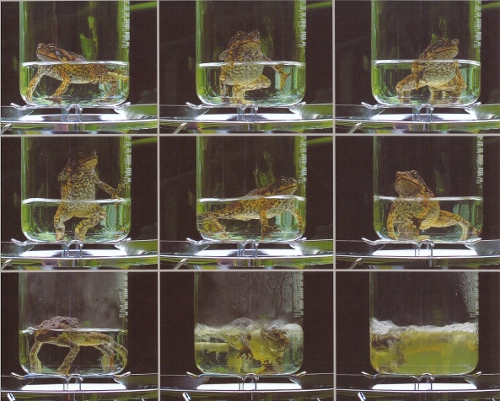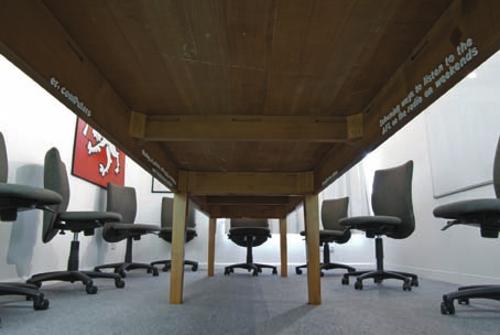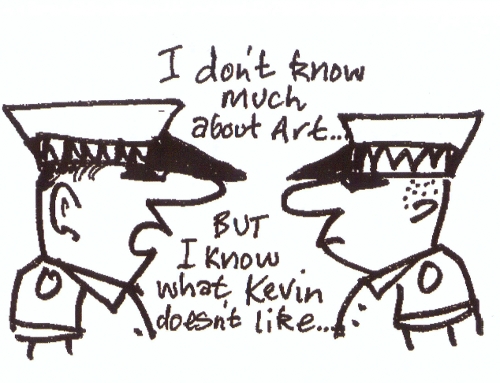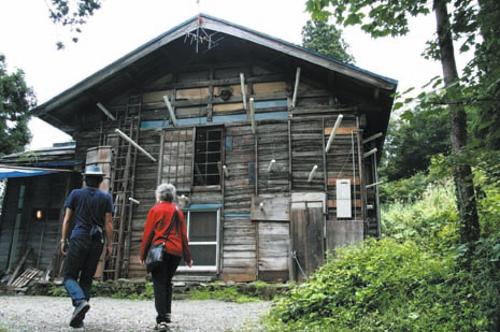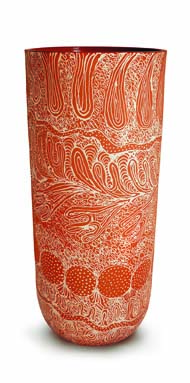
An inspirational retrospective celebrating fifty years of art practice by Nyukana (Daisy) Baker was a long-awaited celebration that highlighted Nyukana as one of Australia's finest indigenous artists.
Nyukana’s family travelled to Ernabella during the late 1930s when the mission was set up there. Her mother was originally from Irrunytju (Wingellina), just across the tri-state border in Western Australia and her father was from Kanpi within the Anangu Pitjantjatjara Yankunytjatjara (APY) Lands of South Australia.
Nyukana worked with Ernabella Arts from 1958, when she was just 15 years old. She was Chairperson from 1992 - 2000. The longest running Aboriginal art centre in Australia the Ernabella Arts was initially set up in 1948 to create work for the women; in 2008 they celebrated sixty years of continuous operation. Nyukana has dedicated her life to her art practice and is a highly regarded role model to people in her community. A truly multi-talented artist she has also been a leading soprano with the Ernabella Choir and has travelled extensively with both her art and singing careers.
The variety of works on display was astonishing, from tiny hand-painted cards, latch-hooked handspun and dyed mission-grown wool rugs to a tapestry supported on a miniature carved spear. There were batiks utilising either brushes or cantings to apply the wax, a variety of prints on paper and fabric, paintings on canvas and silk as well as delicate designs painted on gum nuts strung on leather to make a curtain. Nyukuna’s latest works included ceramics utilising innovative methods to apply decoration and woven tjanpi (spinifex grass) baskets.
Using soft flowing lines to create harmonious patterns in rich colour combinations Nyukana’s work exudes confidence; she is a mistress of colour and design. The patterns, shapes and tones she uses are reflections of what she sees in the everyday life of the desert, yet there is also a much deeper understanding of this country from knowledge passed down by her family. Elders pass on stories while sitting down talking, singing and drawing in the sand as well as during ceremony when designs are painted onto the body. Trees, shrubs, flowers and plants used for healing, along with animal tracks and stories of ancestral travels are all sources of inspiration for Nyukuna whose art has captured the essence of her deep connection to this ancient landscape.
There were intimate spaces created within the gallery where photographs were displayed portraying various events throughout Nyukana’s career. An artist talk the day after the opening gave an even deeper understanding. We heard from Winifred Hilliard, who was the craft advisor at Ernabella from 1954 to 1986, that there was very little money available so they had to be very resourceful, and that new techniques and media were constantly being tried to keep the craft room operational. The artists were not directed in what to paint but there was great emphasis on technical excellence, which is evident in Nyukana’s fine execution, no matter what medium she uses.
The batiks were a very strong feature of the exhibition. Gently floating off the wall, the sheen and hue of the fabrics made them mesmerising. The approach used at first by the Ernabella artists was to sit on the floor with the cloth hanging from the back of a chair or a table and to paint the wax onto the cloth at a horizontal angle, initially using very fine brushes. After a visit to Indonesia in 1975 the artists experimented with cantings, the traditional Indonesian tools, to apply wax and thereafter used them instead of brushes. These new tools enabled rhythmic and very fine controlled mark-making.
Nyukana was instrumental in developing new techniques of applying designs in wax using the canting onto the clay forms made in the Ernabella ceramic studio. She has an innate capacity to utilise space, form and movement. An elegant cylinder-shaped ceramic vessel decorated in this 'lost wax’ batik technique was displayed on a plinth against a wall painted in a deep desert purple. Alongside was a shimmering batik reflecting the orange, yellow and soft pink hues of late afternoon desert light.
Nyukana is now living in Alice Springs to receive dialysis treatment although she continues to devote her time to making new works. This exhibition was a unique opportunity to appreciate and witness the dedication and commitment that she has put into the expression of her creativity throughout her lifetime, with plenty more still to come.

